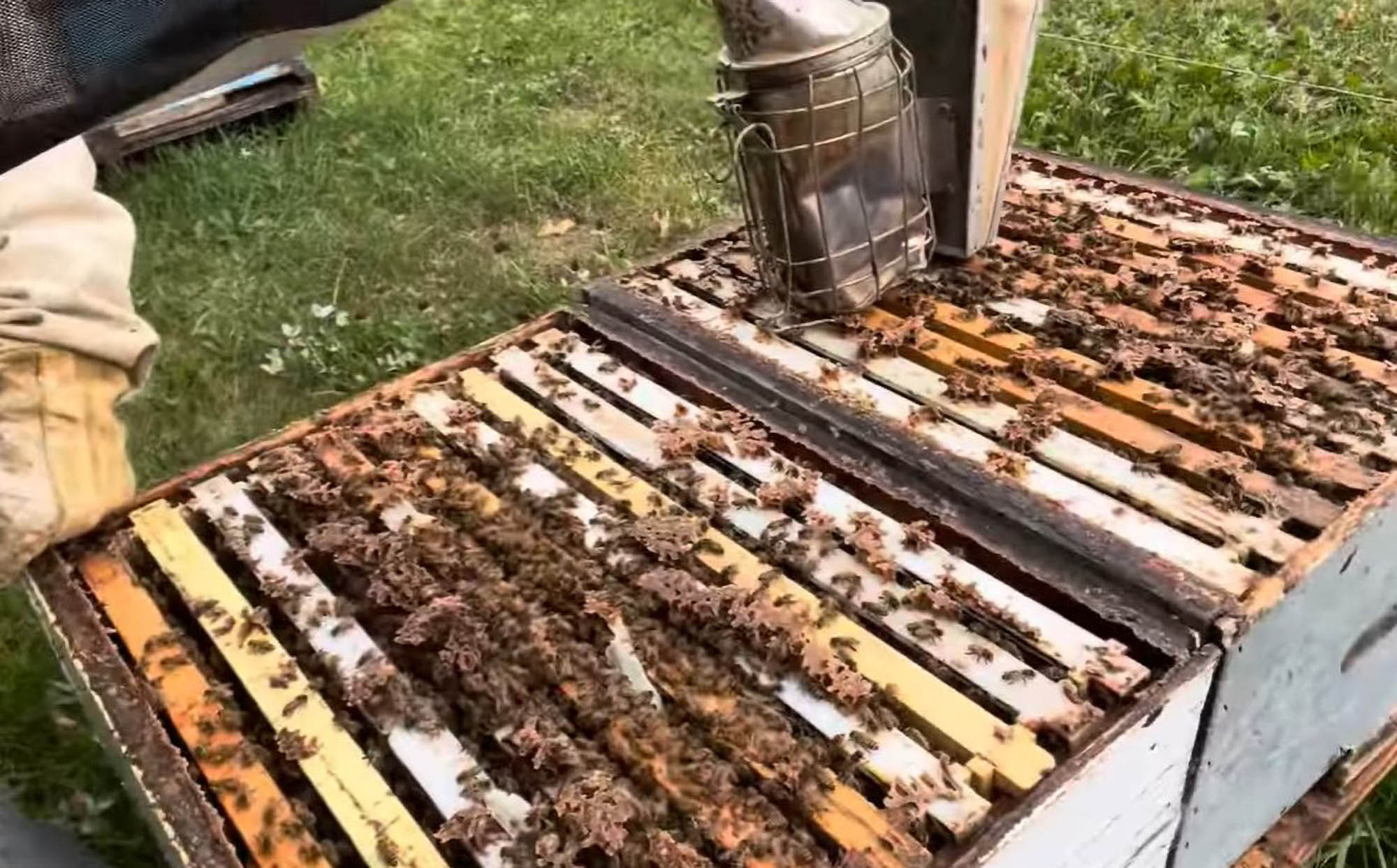Nectar-carrying honeybees are capable of avoiding overheating in warm weather by adjusting their movement, according to a study by scientists in the United States.
Jordan Glass from the University of Wyoming and a team of researchers at Arizona State University measured the flight muscle temperatures, metabolism and water loss of bees carrying nectar inside a temperature-controlled facility. Furthermore, the scientists examined videos to determine whether there was any change of movement.
Jordan said: “We found that flight muscle temperatures increased linearly with load mass at air temperatures of 20 or 30 degrees centigrade but, remarkably, there was no change with increasing nectar loads at an air temperature of 40 degrees.”

He explained that the nectar-loaded bees were found to be able to avoid overheating in hot weather by reducing their flight metabolic rates and increasing evaporative cooling.
Jordan explained: “At high body temperatures, bees apparently increase flight efficiency by lowering their wingbeat frequency and increasing stroke amplitude to compensate, reducing the need for evaporative cooling.”
The zoologist emphasised that the pollination activity of bees could be impeded in difficult forage conditions.
He concluded: “Heatwaves are becoming increasingly common due to climate change, making it crucial to identify and understand the capacities of insect pollinators such as honeybees to avoid overheating.”
Around a third of human nutrition depends on pollination by honeybees and the more than 20,000 different solitary bee species that exist around the world.










